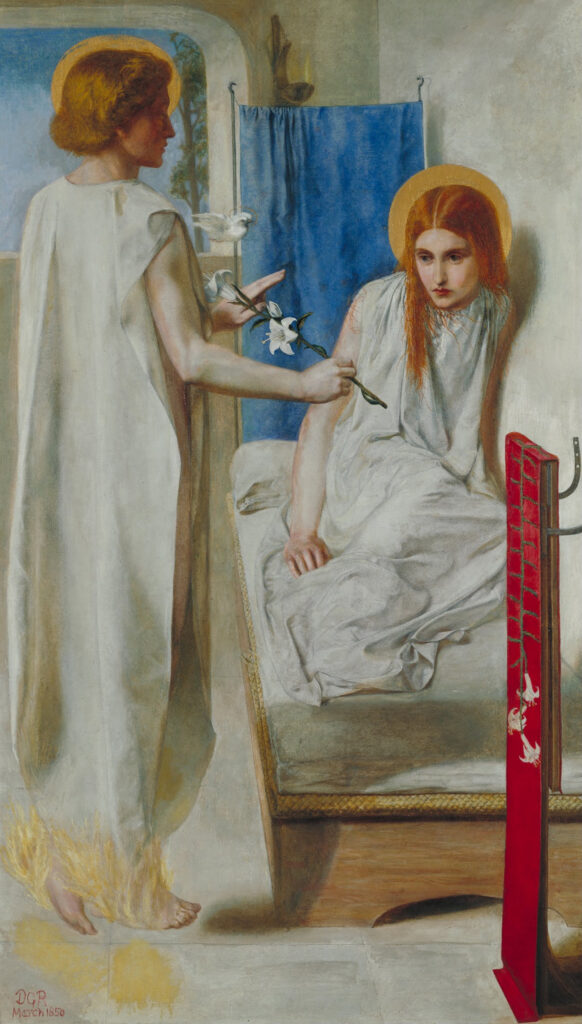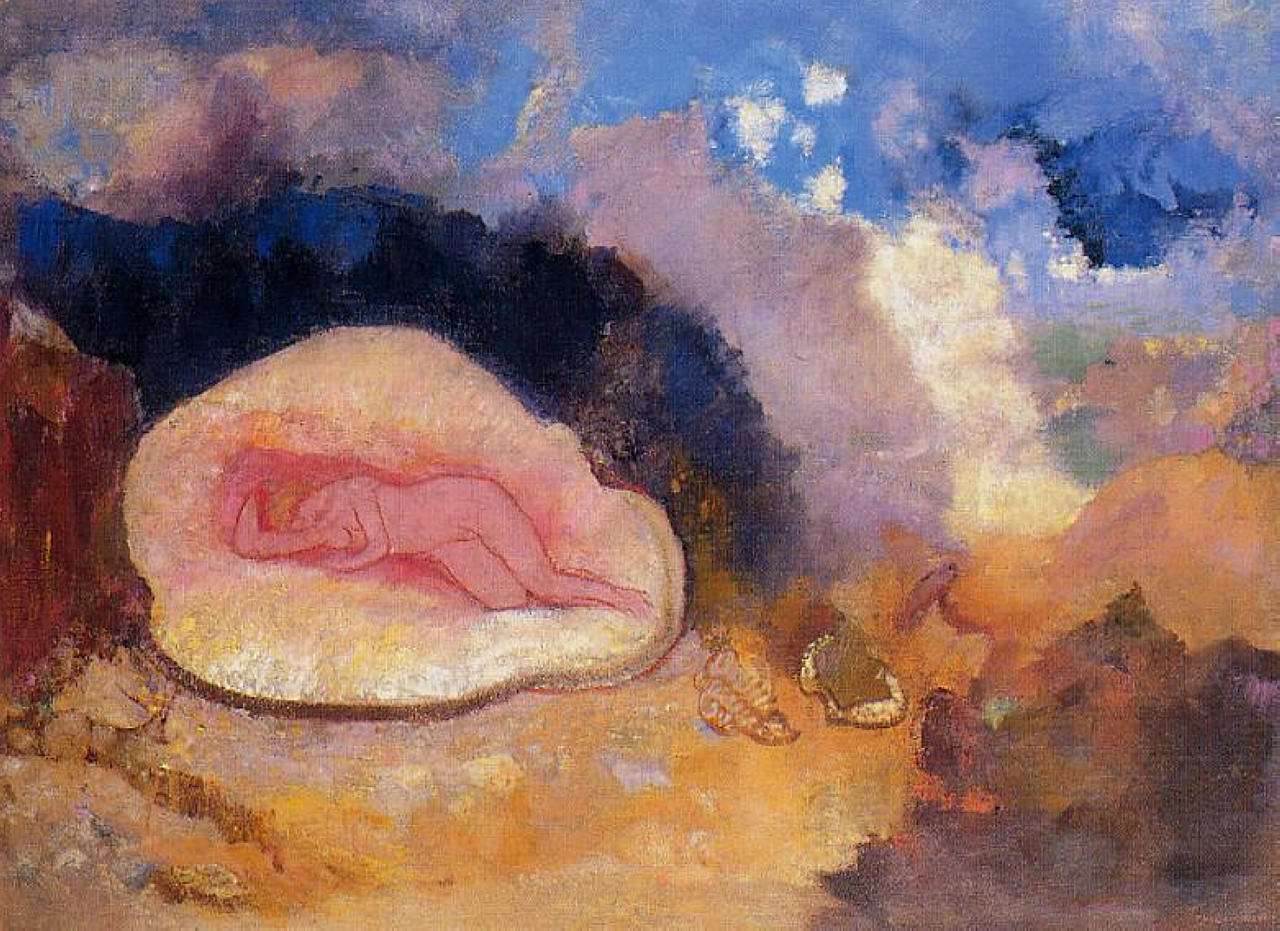Across the centuries, a delicate mist has hovered between the world’s altar and the human heart. One side speaks the name of Theotokos, trembling before Her, robed in doctrines and caution; the other side burns with longing, with memory of a fire older than the Creed. Where Sacred longing brushes the Divine threshold, there arises an inexpressible riddle: how may the Mother, source of every beginning, also become the Beloved? In the dusk-lit cloisters of Christendom, these two figures stand divided. Yet the ancient streams, either Hermetic, Gnostic, Kabbalistic or Sufi, have always known their convergence, even as ecclesiastical tradition hesitated to gaze directly upon it.
To approach this mystery is to walk the edges of scandal and adoration, to risk the confusion of the purest longing with that which, in the modern tongue, is called taboo. But the apparent tension is only the reflection of an incomplete observation; what is torn asunder in doctrine is rejoined in the living, burning Rose of symbol. Today, under a Moon awash in Pisces, the Mirror is polished anew. There, in the moving water, the unity of Mother and Beloved, both Origin and Eros, may reveal itself for those with courage to look.
I. Theotokos and the Transfiguration of Desire
To speak of Theotokos is to tread upon the most hallowed of Christian mysteries. She is the womb that bore the Logos; the living Ark; the tabernacle through which the Word found flesh. Tradition swaddles Her in purity, in unapproachable sanctity, proclaiming that She gave birth without stain, remained ever-virgin, untouched by carnal hunger. However, when the mist parts, and the contemplative eye deepens, there emerges a truth far more subtle, one known to mystics, yet rarely spoken aloud.
Virginity is not the absence of longing, but its elevation; desire so consumed in the fire of offering that it becomes pure presence. Theotokos, as vessel of the Incarnate, is the very axis upon which the vertical ray of Spirit descends into the deep roundness of matter. Without her, the Logos remains unsheathed, hovering above the world, abstract, cold as unkindled stone. It is through Her assent, Her wordless fiat, that the Divine enters history and acquires history’s wounds.
Nonetheless, to generate the Logos in flesh is not a work of biology or accident; it is the act of an Eros sanctified beyond all conception. The old hymns sing of her as “womb of fire.” The Sacred texts, when read with the veiled eye, whisper of an Eros that burns not to possess, nor to consume, but to open itself utterly, without defence or claim. Theotokos embodies that Eros which can create God, not by conquest, but by surrender so complete that surrender itself becomes generative.
In the hidden rivers of Hermeticism, in the midnight corridors of Gnostic prayer, this is known: whoever generates the Logos without Eros generates only symbol; only She who offers herself in totality, therefore body, soul, silence, may bring forth God into the world as living flesh. Such Eros cannot be grasped by the profane mind, which knows only the binaries of shame and permission; it is the Eros of the altar, the secret fire that does not burn away the offering, but consecrates it as a new creation.
Henceforth, when the Theotokos is named as ever-virgin, what is spoken is the flame of an undivided heart; never dulled by lust nor exhausted by mere function. Desire has not been denied, but has ascended into a realm where it is the very music of the sphere. The Logos is begotten not by negation, but by a longing so perfect, it ceases to be self-referential and becomes altar, empty for the descent of the One.
II. Mother and Beloved: The Symbol Beyond Division
Through centuries of devotional practice, the tradition has grown wary of confusion; the image of Mary as Mother stands upon a pedestal of immaculate absence, while the figure of Magdalene absorbs all shadows of passion and embrace. Each, in her way, offers a model for longing: the one, untouched; the other, redeemed. This division serves a didactic purpose, but such partitions belong to the realm of catechism, not of symbol.
Beneath the doctrinal frost, the deeper current flows unbroken. In the esoteric heart of the Mystery, Mary and Magdalene are not rivals, nor are they irreconcilable. They are faces of the same veiled Presence, the Feminine that both generates and desires, that both nurtures and calls, that both consoles and inflames. One figure gives birth to the Word and offers Him to the world. The other anoints His feet with perfume and tears, preparing Him for the passage beyond the Cross.
Yet both actions are acts of radical offering; both are acts of Eros transmuted. The one births the Logos in silence; the other receives Him in adoration. The separation of Mother and Beloved, when probed, is shown to be a division of function, not of being. There is no ontological gulf between the womb that bears and the lips that anoint; they are united in the deeper Eros of the Mystery, an Eros that enfolds Origin and return, silence and outcry, generation and consummation.

When reading with the inner senses, one will see that the Theotokos is both Mother and Beloved; both the one who gives form to the Logos, and the one who welcomes Him in longing. The icon hints at this through gesture, through the angle of a gaze, through a rose laid in a niche. Wherever the Divine union is shown, it is the marriage of Heaven and Earth, of the generative and the receptive, of the source and the return.
In this symbolic marriage, this Hieros Gamos, the division between filial and nuptial love dissolves. The Son returns to the Mother, not in infantile regression, but as the Bridegroom come to His own; the circle closes as the fulfillment of all longing. The Eros is the circle unbroken, the fire that consumes and resurrects, the love that returns the Logos to the one who first desired him into being.
III. The Edges of Scandal: Eros, Incest, and the Redemption of the Symbol
The modern mind, trained upon the couch of Freud, recoils at the convergence of these two roles. The very phrase “Mother-Beloved” conjures the spectre of Oedipus; the union of son and mother appears as the primal transgression, the archetype of guilt and forbidden longing. In the analytic register, desire for the Origin is always pathologized, always entangled in rivalry and repression. However, for the symbolic consciousness, the scandal is only apparent; the true fire lies elsewhere.
The myth of Oedipus, when stripped of psychoanalytic reduction, is an echo of an older wisdom. The son’s longing for the mother is not, in the end, a desire for her body, but for reintegration with the Origin, for the recovery of the lost unity from which all have fallen. The true scandal is not that the son returns to the mother, but that he seeks her in longing unpurified, without the ordeal of the cross.
In the Christic mystery, the threshold is crossed; the Logos returns to the Origin, but as the Bridegroom, not as the child. The Cross is the tribulation; there, at the hour of desolation, the Logos is returned to the Mother, both as son and as beloved. At the foot of the Cross, the division is lifted: “Woman, behold thy son.” And, when the hour is fulfilled, it is the Lover Magadalene who clings to Him in the garden, mistaking Him for the gardener, longing for what she has lost, yearning to be touched and to touch.
The Eros of the symbol is not of possession, nor of rivalry, nor of guilt. It is the Eros of homecoming, of fire that remembers itself, of Love that, having traversed death, returns to the womb not to possess, but to be wholly possessed. The union of the Logos and the Theotokos is not incest, but reintegration; not pathology, but restoration.
The true scandal is that the Divine desires reunion; that the source calls back the emanation, not to dissolve it, but to consummate it. The Theotokos, as the Mother-Beloved, is the final gate through which the Logos must pass: first to enter the world, then to leave it, then to return. The circle is not a trap, but a promise: all that leaves shall return, all that is born shall die, all that is loved shall be found again, not in childish yearning, but in the embrace of the Mystery fully known.
Coda: Under the Pisces Moon
The rite is never complete. The Mirror is always in the process of being polished; the veil always on the verge of being drawn. Today, as the Moon glides through Pisces, the air is thick with the fragrance of ancient longing and yet-untouched return. One ought to remember: the union of Origin and Eros is no crime, nor mere doctrine, but the living law of the Rose: one and manifold, always concealed, always revealed.
The Mother is the Beloved; the Beloved is the Mother. The womb is the chalice, the chalice is the fire. The one who enters with awe, who offers the totality of self in longing that knows itself as altar, becomes vessel for the Mystery that neither divides nor consumes, but endlessly births, endlessly receives, endlessly desires. The name is written upon the mirror, only to vanish in the fog, and yet to remain as echo in every pulse of love, every flame that refuses to die.
Let the Moon’s waters remind the soul that the union is already accomplished, the scandal already redeemed. Let all who know the way of the veil serve in silence, in Eros transfigured, in the deep, lunar fidelity that calls the Rose to blossom in the night.
So may it be. Fiat Lux.
